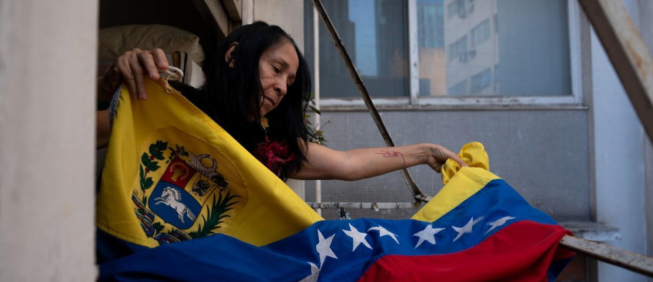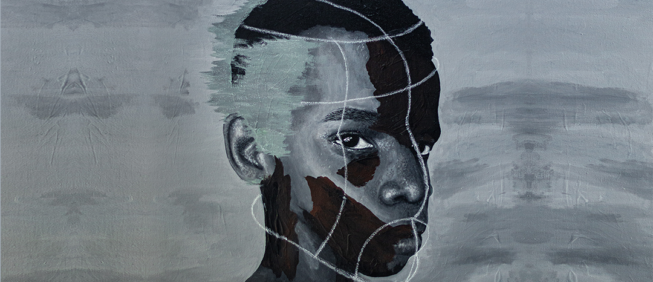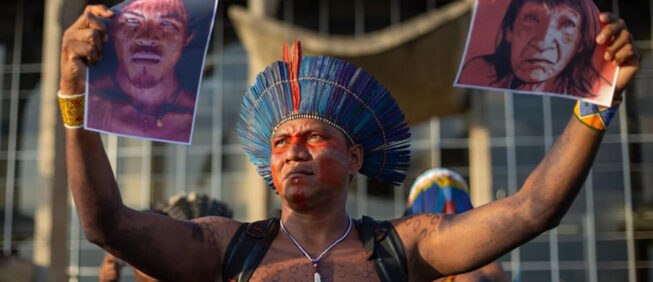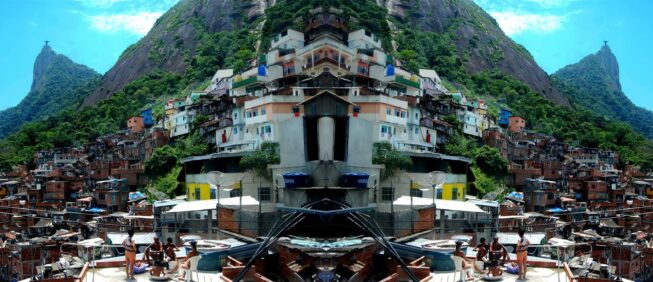The Instituto Maria e João Aleixo continues on the path to the construction of an International University of the Peripheries
In its two years of operation, the Instituto has undertaken various initiatives with the goal of connecting the world’s peripheries
Priscila Rodrigues
| Brazil |
20 de May de 2018
The Instituto Maria e João Aleixo (IMJA) turns two in June. Its ongoing process of construction is exemplified in its name: at first João, then João e Maria, and finally, Maria e João, breaking with the pattern of highlighting masculine figures. Maria and João Aleixo are two central characters in a history that began, like so many other trajectories in Maré, in the Northeast of Brazil.
Our goal of forming a center of higher learning on global peripheries is a challenging one, but we have already taken our first step. In this short time we have held meetings, seminars, courses, idea-sharing gatherings, experiences and an international residence course. The IMJA now prepares itself for the long path to utopia.
In March of 2017, the IMJA held its first international seminar, “What is the periphery? And what is its place in the city?” in Maré, Rio de Janeiro. The event had as its central goal the construction of a convergent vision, open to additions and contributions, among the organizations, movements, collectives and persons that participated therein, on the peripheries and their place in the contemporary world. The results of this collective effort is the Letter from Maré, a manifest that, beyond defining the concept of the periphery, also presents the challenges faced by the residents of the world’s peripheries.
But could it be that the challenges of living in the periphery are the same across global territories? What are the similarities and identifications? And the differences? And, above all, what mobilizes us? These are some of the questions that the IMJA’s first Residence Program participants dealt with. Hailing from Mexico, Colombia, Portugal, Cape Verde, Guinea-Bissau as well as the Brazilian cities of São Paulo, Minas Gerais, Paraíba, Pernambuco and Piauí, the residents lived in Maré for 5 months from August to December 2017. Besides sharing experiences, the group participated in the first round of the Specialization Course “Socio-cultural Inventivities of Urban Peripheries.”
With an innovative proposal, the specialization course seeks to integrate intellectual criticism, aesthetic practice and ethic political constructions with an eye to overcoming the stigmas of deficiency and violence that mark urban peripheries, and facilitating global reflection on the unequal urbanization of space in its contemporary conditions. Among the meetings promoted by the IMJA, during the course “Socio-cultural Inventivities of Urban Peripheries,” the class that most stood out was “living and the Quilombo” with the presence of Quilombo leader Nêgo Bispo. As part of the discussions on “habitation” that, in four meetings, depicted peripheries using the subjectivities of those that inhabit them - quilombo, indigenous, and favela - Nêgo Bispo stoked a powerful debate on quilombo cosmology.
Speaking of meetings… from the 12th to the 15th of October, 2017, IMJA held the National Meeting of Communication of the Peripheries. Stemming from the movement for an international network of the peripheries and with institutional support from the IMJA, the event took place in the headquarters of the Observatório de Favelas in Maré. Designs for the meeting began during the International Seminar, in which participants came to understand the essential role of communicators from the periphery in strengthening the network they had begun. The participants themselves constructed the meeting, defining themes and next steps, and contemplated the individual hopes of the participants present at the event. After four days of exchange, the group produced the Message from the National Meeting of Communication of the Peripheries, a powerful document defining the central themes that join us in communicative action.
The collective effort and work -- defining characteristics of the IMJA, responsible for much of IMJA’s work over the last 2 years -- culminated, this time, in a proposed challenge that now presents itself as a beautiful result: PERIPHERIES Journal. This is the beginning of a successful path for this publication. The dream is possible, and the IMJA is just getting started.
All of our actions, our projects and constructions contribute to IMJA’s central goal: the construction of activities centered in a University of the Peripheries, for education, research and intervention in territories of the world’s peripheries.







